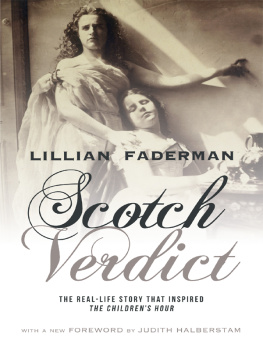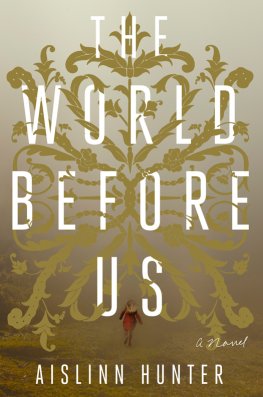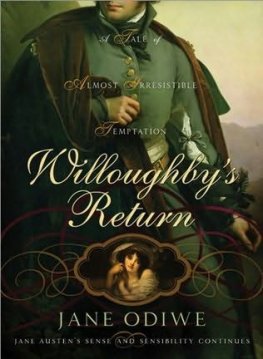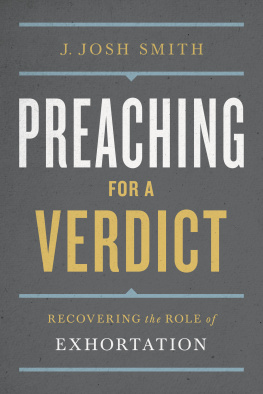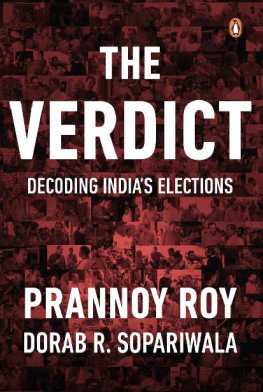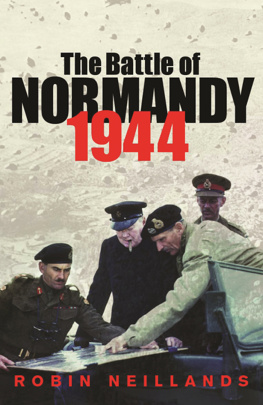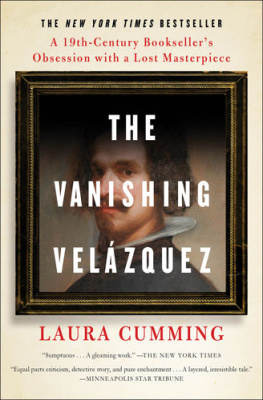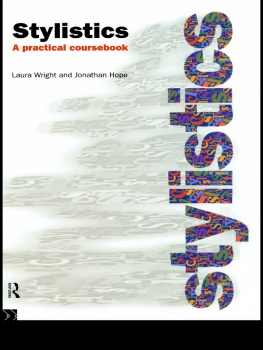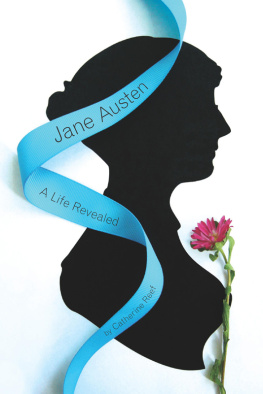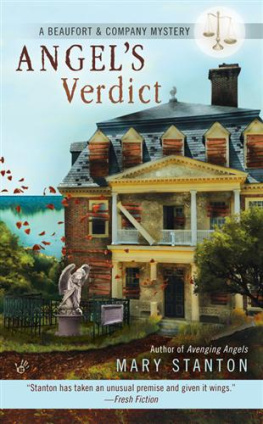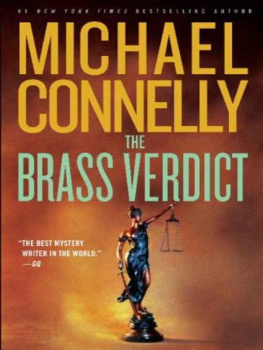Scotch Verdict*
Scotch Verdict*
The Real-Life Story That Inspired The Childrens Hour
LILLIAN FADERMAN
*A verdict of not proven that is allowed by Scottish law in some cases, or any inconclusive decision.
COLUMBIA UNIVERSITY PRESS
New York
Columbia University Press
Publishers Since 1893
New York Chichester, West Sussex
cup.columbia.edu
Copyright 1983 Lillian Faderman
Foreword 2013 Columbia University Press
All rights reserved
E-ISBN 978-0-231-53324-9
Library of Congress Cataloging-in-Publication Data
Faderman, Lillian.
Scotch verdict : the real-life story that inspired the childrens hour / Lillian Faderman.
p. cm.
ISBN 978-0-231-16325-5 (pbk. : alk. paper)ISBN 978-0-231-53324-9 (e-book)
1. Woods, MarianneTrials, litigation, etc. 2. Pirie, JaneTrials, litigation, etc. 3. Cumming Gordon, Helen, Lady, d. 1830Trials, litigation, etc. 4. Trials (Libel)ScotlandEdinburgh. 5. HomosexualityLaw and legislationScotlandHistory. I. Title.
KDC188.W6F325 2013
346.411034dc23
2012032785
A Columbia University Press E-book.
CUP would be pleased to hear about your reading experience with this e-book at .
Cover image:Victoria and Albert Museum, London
References to websites (URLs) were accurate at the time of writing. Neither the author nor Columbia University Press is responsible for URLs that may have expired or changed since the manuscript was prepared.
CONTENTS
JUDITH HALBERSTAM
Did they or didnt they? What was the breathless agitation that a young girl heard in the middle of the night as she shared a bed with her unmarried female teachers? What did the teachers mean when one whispered, You are in the wrong place, and the other replied, I know ? What did so many of the young girls in the school claim to have seen and heard, and how did they interpret the nocturnal visits between the two teachers? If, in the early nineteenth century, society lacked a language for extensive erotic intimacies between women and refused to acknowledge such erotic activity as even probable or possible, why did this accusation of improper conduct between the two women arouse such fears and suspicions? Finally, why did the 1811 trial of Misses Woods and Pirie vs. Lady Cumming Gordon not capture the publics attention, then or now, in the way that the Oscar Wilde trials did a century later?
Lillian Fadermans Scotch Verdict is a thrilling recreation of a real court case in early nineteenth-century Scotland. By poring over the mountains of manuscripts, testimonies, legal notes, and rulings, Faderman breathes life into this singular legal battle and streamlines the messy and fascinating archive into a wild and compelling courtroom drama complete with sexual scandal, secrecy, and intrigue. In the process, she raises a set of fascinating questions not only about the meaning of different forms of erotic behavior in the past but also about the sexual imagination and its limits.
In the legal case at hand, we are presented with a remarkably lurid account of what a few girls in a private school claimed to have seen or heard in the bed near them at night. When the wealthy grandmother of one of the schools pupils brings a charge of indecent activity against two schoolteachers and is sued for slander in return, the judges and lawyers are not only confronted with the unthinkable possibility that two women might experience sexual pleasure without men but also the unpalatable evidence of the potentially broad sexual knowledge of young girls. As the judges wring their hands and shake their heads in agony at the disgraceful details of the case, they seem to believe that something more than justice is at stake. Nothing less than the patriarchal family, reproductive sexuality, and even the British empire itself hangs in the balance!
The key question in this bitter she-said/she-said legal confrontation concerned whether or not the schoolteachers, Miss Marianne Woods and Miss Jane Pirie, engaged in sexual activity together in the school at night, whether alone and/or while sharing a bed with one of their students. Nesting within this larger issue is a whole set of puzzles about the erotic components of romantic friendships between women; the means by which women could or did please each other; the proper relations between students and teachers; the architecture of nineteenth-century schools, courtrooms, and aristocratic homes; and the class, race, and power structures that determined and scripted relations between women, between women and men, and between people and the law.
The case of Miss Woods and Miss Pirie against Lady Helen Cumming Gordon may be somewhat familiar to contemporary readers because it provides the source material for The Childrens Hour, first written and produced in 1934 by Lillian Hellman. The play itself was controversial when it was staged, though the word lesbian was never uttered and Hellman herself denied that the play was about lesbians at all. Then what was it about? Lying apparently, and the terrible damage that a stray rumor adapted from a lie can do. In 1934, the Hays Code had made it illegal to even mention homosexuality in films, but this censorship did not extend to Broadway plays. So, though the material on lesbianism could be more directly addressed in the play, it had to be buried when the play was made into a film. Director William Wyler made two different film adaptations of the play. In the 1936 adaptation, he based the film on the play but transformed the female drama into a heterosexual love triangle. He also changed the name of the production to These Three to avoid any connection to the scandalous material in the play. But when Wyler made the play into a film again in 1961 following the lifting of the Hays Code, lesbianism emerged from the shadows and became the clear (but still unspeakable) accusation directed at two teachers by a malicious pupil. Audrey Hepburn and Shirley MacLaine bring the characters to life in much acclaimed performances. On account of the dramatic tension that the two women generate, the complexities of the friendship that they negotiate, and despite the depressing ending, the film became a classic of gay and lesbian cinema.
Lillian Faderman first encountered the source material through Hellmans drama when she played the role of the malicious pupil, Mary Tilford, in a school production. Later, as a professor, she returned to the case material that informed the play and decided to learn more about the mysterious Scottish case upon which the play about rumors, lies, and sexual intrigue between women was based. By using a dialogue between herself and her partner, Ollie, to debate the intricacies of the case, Faderman provides a narrative frame through which to present the material she uncovers. Casting herself as a law history professor from New York University (in actuality Faderman is an English professor in California), she finds a comfortable and accessible way to introduce a wide range of readers to the elaborate legal, sexual and moral debates that the case raises.
Like many early accounts of romantic love and passion between women, the case of Misses Woods and Pirie can be confounding to a modern reader. Given that it was usual for female friends in the eighteenth and nineteenth centuries to profess deep and tender love for one another, it becomes quite difficult to discern what might indicate a departure from the conventions of friendship at the time and what kinds of intimacy suggested a more physical involvement. Ever since Michel Foucaults paradigm-shifting account of homosexuality as a modern history in

